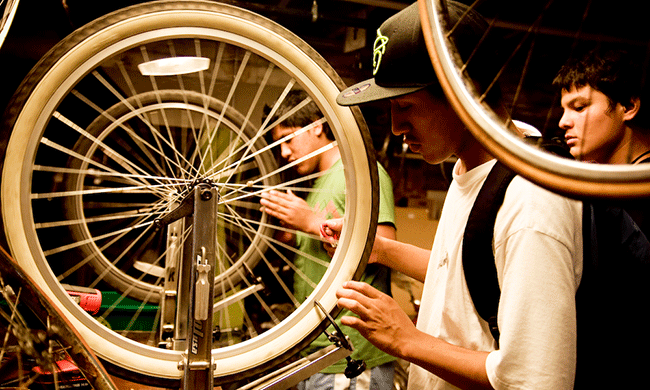Last week we looked at low tech ways to take aerial photographs–creating local maps, if you will. This week we’re looking at a different kind of mapping tool. Worldmapper has a tag line of “The world as you’ve never seen it.” And I’m sure you and the kids will agree. We are all familiar with standard maps of the world, such as the one below:

map courtesy of Perhelion on creative commons wikimedia
Worldmapper works by distorting this map according to relative sizes of some specific category. For example, this map shows airline miles travelled according to “the proportion of all kilometres flown around the world by aircraft that were registered there.”

So we can see pretty clearly that countries like Africa (red and orange) are contributing very few air miles, whereas the US and Europe contribute the most. What about Japan? India? Canada? Can you spot them?
Here’s another example, people who live in overcrowded homes. In this map, “Territory size shows the proportion of all people that live in overcrowded homes worldwide that live there.”

In the notes for this map, Worldmapper comments, “Overcrowding is defined here as when there are more than two people for each room in the house. The populations of richer territories experience less overcrowding, than those in poorer territories. Living in large groups is also connected to social and cultural norms. In India 77% of the population live in conditions that are considered to be overcrowded.”
We can see the big statistic for India appear on the map as the bulging yellow area. Meanwhile in the US and Europe there is relatively little overcrowding. What else can you see about overcrowding?
When you visit Worldmapper you can view a range of map categories covering housing, income, transport, health, disease, and many more. The project shows some interesting ideas for how we design our information display.





